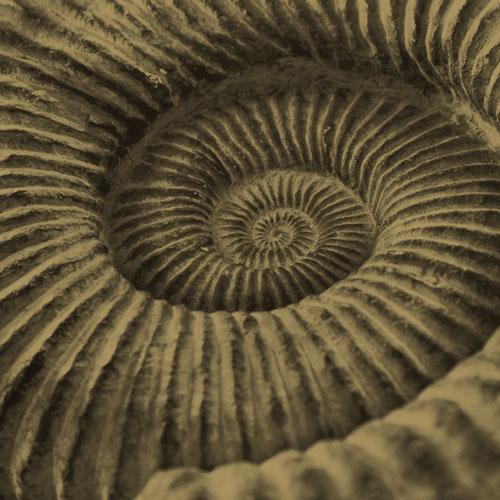CAT - IIVibration Analysis Category II
Course Overview
Analyze a range of faults conditions and understand balancing and alignment.
Key Takeaways
Course Outline
•Review of condition monitoring technologies
•Principles of vibration
•Complete review of basics
•Waveform, spectrum (FFT), phase and orbits
•Understanding signals: modulation, beating, sum/difference
•Transducer types: Non-contact displacement
•Transducer selection
•Transducer mounting and natural frequency
•Measurement point selection
•Following routes, and test planning
•Common measurement errors
•Filters: Low pass, band pass, high pass, band stop
•Sampling, aliasing, dynamic range
•Resolution, Fmax, data collection time
•Averaging: linear, overlap, peak hold, time synchronous
•Windowing and leakage
•Spectrum analysis
•Time waveform analysis (introduction)
•Orbit analysis (introduction)
•Phase analysis: bubble diagrams and ODS
•Enveloping (demodulation), shock pulse, spike energy, PeakVue
•Natural frequencies and resonances
•Imbalance, eccentricity and bent shaft
•Misalignment, cocked bearing and soft foot
•Mechanical looseness
•Rolling element bearing analysis
•Analysis of induction motors
•Analysis of gears
•Analysis of belt-driven machines
•Analysis of pumps, compressors, and fans
•Impact testing and bump tests
•Phase analysis
•General maintenance repair activities
•Review of the balancing process
•Review of shaft alignment procedures
•Setting baselines
•Setting alarms: band, envelope/mask, statistical
•Setting goals and expectations (avoiding common problems)
•Report generation
•Reporting success stories
•Acceptance testing
•Review of ISO standards
Who Should Attend?
Maintenance Technicians
Reliability Engineers
Condition Monitoring Specialists
Plant Engineers
Operations Managers
Quality Assurance Personnel
Technical Support Engineers
